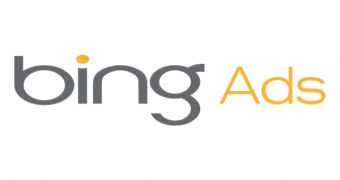Microsoft and Yahoo! have been long working together in delivering search results to their users, and their collaboration has now been brought a step further.
The search advertising marketplace made up of Yahoo! Search and Bing has now a name of its own, the Yahoo! Bing Network, with content from partner sites included in the equation as well.
“With ongoing platform enhancements and strategic account teams, we deliver the visibility and additional insights to better connect advertisers to our significant, distinct and high-value audience,” an introductory post on the Yahoo! Bing Network reads.
To complement the move, Microsoft also announced that its Microsoft Advertising adCenter tool has been renamed, and that it would be known from now on as Bing Ads.
In fact, the company has already made available for download a new flavor of its desktop app for managing campaigns, previously known as the Microsoft adCenter Desktop, which is now called the Bing Ads Editor.
“We’re pleased to announce Bing Ads as the new name for Microsoft Advertising adCenter, the tool you use to manage search ads on the Yahoo! Bing Network,” Microsoft announced.
In addition to getting a new name, the tool was also improved with a series of new features that should prove of great help to customers who use it for the management of online campaigns.
Various enhancements have been brought to the platform in the past several months, such as a new web interface, better ad rotation controls, and agency enablement tools so that agencies could manage multiple accounts easier than before.
Following all these changes and improvements, customers should find it easier to create, manage and optimize their search ads on the new Yahoo! Bing Network, Microsoft notes in a blog post.
“The Yahoo! Bing Network represents the highly engaged, valuable audiences that use Yahoo! Search, Bing, and our partner sites,” Microsoft explains.
“With Bing Ads, the platform formerly known as adCenter, advertisers can tap into this audience, which is comprised of 151 million unique searchers in the U.S. who are likely to spend 24% more than the average searcher, and likely to spend 5% more than Google searchers in the U.S.”

 14 DAY TRIAL //
14 DAY TRIAL //